Synthetic Fibers


Regenerated Fibers
NEW COLLECTION
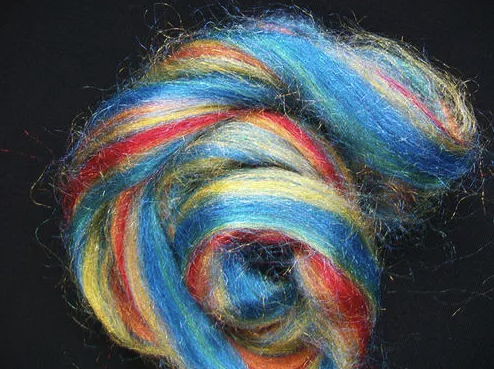

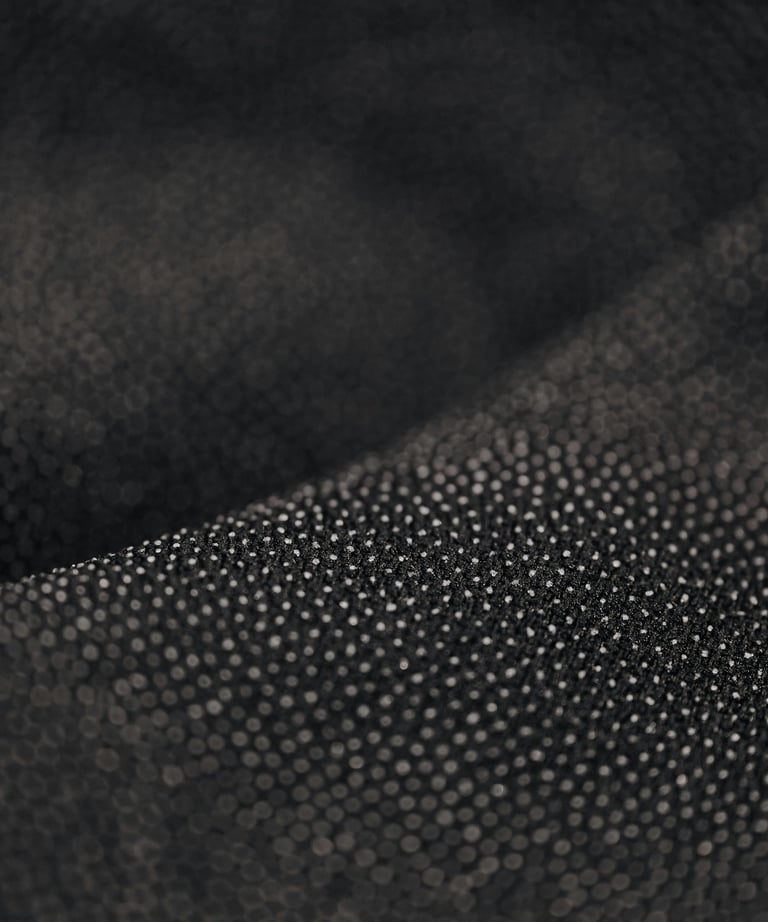

Man-Made Fibers
Other Man-Made Fibers
Viscose (Rayon) – Regenerated cellulose
Lyocell, Modal – Eco-friendlier regenerated cellulose fibers
Polyamide Fibers (Nylon 6, Nylon 6,6)
Polyester Fibers (PET, PTT)
Polyolefin Fibers (Polypropylene, Polyethylene)
Acrylic & Modacrylic Fibers
Imitation Fibers:
Mohair
Kidmohair
Alpaca
Cashmere
Rabbithair
Elastomeric Fibers – Spandex, Elastane, Rubber fibers
Aramid Fibers – Kevlar, Nomex
High-Performance Fibers – Carbon Fiber, UHMWPE (Dyneema, Spectra), PBO (Zylon), PBI
Metallic Fibers
Classification of synthetic fibers, organized by their chemical structure and typical applications:
1. Polyamide Fibers
These are made by polycondensation of diamines and dicarboxylic acids.
Examples:
Nylon 6,6 – Excellent strength, abrasion resistance; used in apparel, ropes, tire cords.
Nylon 6 – Slightly softer than 6,6; used in stockings, carpets, sportswear.
2. Polyester Fibers
Derived from polycondensation of diols and dicarboxylic acids.
Examples:
PET (Polyethylene Terephthalate) – Wrinkle-resistant, durable; used in clothing, home furnishings, bottles.
PTT (Polytrimethylene Terephthalate) – Elasticity close to spandex; used in carpets and activewear.
3. Polyolefin Fibers
Made from olefin monomers (ethylene, propylene).
Examples:
Polypropylene (PP) – Lightweight, hydrophobic; used in ropes, carpets, geotextiles.
Polyethylene (PE) – Used in fishing nets, industrial applications.
4. Acrylic & Modacrylic Fibers
Formed from acrylonitrile (≥85% for acrylic, 35–85% for modacrylic).
Examples:
Acrylic – Wool-like feel; used in sweaters, blankets, upholstery.
Modacrylic – Flame-resistant; used in protective clothing, wigs, faux fur.
5. Elastomeric Fibers
Known for exceptional stretch and recovery.
Examples:
Spandex (Elastane) – Can stretch up to 500%; used in sportswear, swimwear, compression garments.
Rubber fibers – Less common, replaced mostly by spandex.
6. Aramid Fibers
Aromatic polyamides known for strength and heat resistance.
Examples:
Kevlar – High tensile strength; used in body armor, ropes, composites.
Nomex – Flame-resistant; used in firefighters’ suits, industrial protective wear.
7. Specialty & High-Performance Fibers
Designed for advanced technical applications.
Examples:
Carbon Fiber – High stiffness and heat resistance; used in aerospace, automotive, sporting goods.
UHMWPE (Ultra-High-Molecular-Weight Polyethylene, e.g., Dyneema, Spectra) – Extremely strong, used in ballistic protection, cut-resistant gloves.
PBI, PBO (Zylon) – High-temperature stability; used in racing suits, high-performance gear.
♻️ Recycled Fibers Classification
1. Recycled Synthetic Fibers
These are regenerated from post-consumer or post-industrial waste of synthetic materials:
Recycled Polyester (rPET):
Made by melting down used PET bottles or textile waste and re-spinning into fibers.
Applications: apparel (T-shirts, jackets), carpets, home textiles.
Recycled Nylon:
Made from fishing nets, carpets, and pre-consumer nylon waste (e.g., ECONYL).
Applications: swimwear, hosiery, performance wear, automotive parts.
2. Recycled Natural & Regenerated Fibers
Recycled fibers also include:
Recycled Cotton & Wool: Mechanical shredding and respinning of fabric waste.
Regenerated Cellulose (e.g., Viscose, Lyocell) from Waste: Some producers now use pre/post-consumer cotton waste as pulp source.
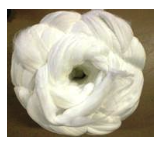

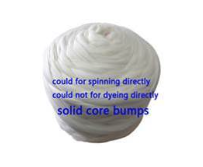

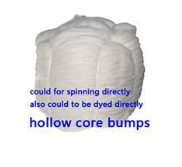

Visit Our CATALOGS Page.
Synthetic Fibers in Tops Form
All tops are on 10kg bumps.
Please advise whether they will be dyed or used as is.
Trawoe Professional Agency Corporation
Your trusted partner in outsourcing.
Contact us :
please subscribe :
© 2025. All rights reserved.